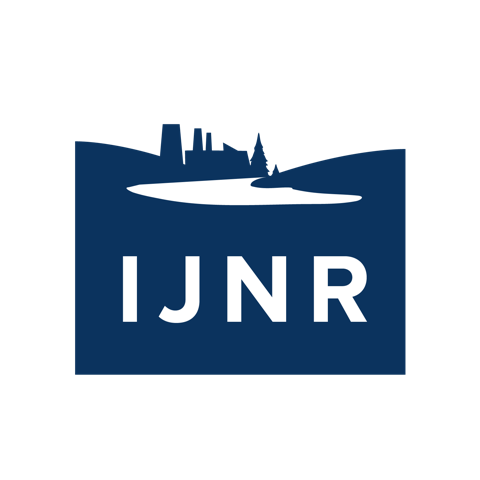Chesapeake Day 4
Fellows started the morning with a drive to Crisfield, which like many Chesapeake communities, is defined by sea creatures with shells – crabs, oysters and clams. Fishing has always been a boom and bust business, something local watermen know all too well, but the current trends in consumer demand for local, fresh seafood, the rise of oyster aquaculture, and increasing ecotourism in the region has some envisioning a brighter future. The group met with local residents and watermen, toured operating crab houses, anddiscussed whether the capital of Chesapeake seafood can make a comeback.
Later that morning, Fellows heard from the Maryland DNR’s lead crab biologist in a discussion about how crab and oyster regulations can keep the fishery simultaneously productive and sustainable.
In the afternoon, Fellows traveled by ferry boat to Virginia’s Tangier Island, considered by many to be Ground Zero for rising seas. Tangier once boasted a population of 2,000 people spread across eight villages. And amongst the fishing vessels and crab shanties hinting at its main industry, the island also had amenities like an opera house and a military fort. Times, of course, have changed. As rising seas, subsiding land and dwindling fisheries take their toll, Tangier has shrunk to a full-time population of only about 250 folks. We explored the island and talked with local officials and watermen about how they hope to hang on to what they have and what’s being lost beneath the waves.

